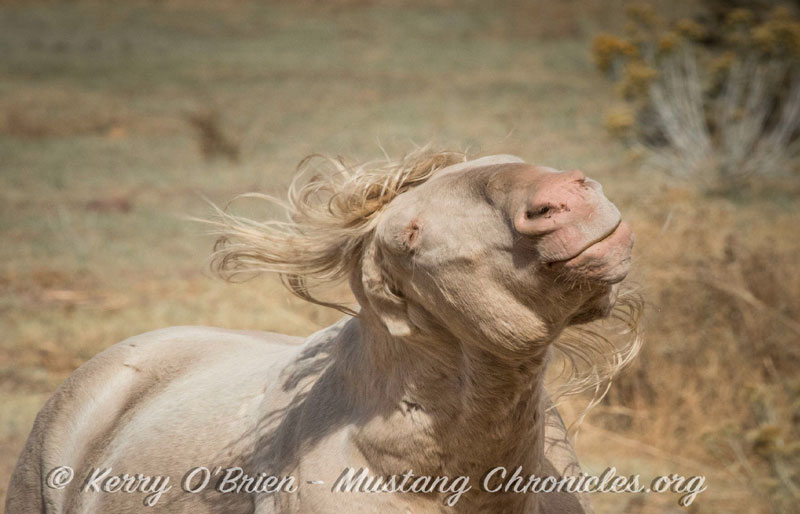Bait trapping Success and a new protocol for capturing
wild horses!
Horses have roamed the canyons and mesas of Mesa Verde National Park for many years, but not always very successfully. Water and forage is limited and in drought years horses have died of dehydration. These horses are not protected by the Wild and Free Roaming Horse and Burro Act of 1971 because national parks were not included in the legislation, and the Park is prohibited from managing them by its mandate to protect the ruins and antiquities in the Park. Providing water would be considered management. The horses are not “Mustangs” as most people think of them because they are descended from domestic livestock and deemed to be “trespass livestock” even though they have been bred and reproducing in the Park for decades. They are most definitely ”wild” though in relation to humans!
NMACO’s mission is the protection and preservation of wild horses and humane, conscious management. When horses must be gathered, we are advocating low stress Stockmanship techniques that minimize fear and trauma to the horses, help them view humans as resources rather than threats, and hopefully lead to more successful domestication. These methods have now been adopted and implemented by Mesa Verde National Park in collaboration with NMACO over the past few years.

Marvel of Mesa Verde
If you haven’t been following our Facebook page, you may not be aware that we successfully captured a lone stallion in Mesa Verde this fall, using bait trapping techniques to minimize any stress or trauma. Marvel, the little white foal named in 2019, is now a young stallion and was evidently driven from his band because he was frequenting the campground and the Park needed to remove him. After weeks of habituation to water and hay in an open corral, there
was no drama when the automatic gate was closed — he just continued eating. After being quarantined for the requisite thirty days, he was transported to a private ranch where he is being held in a large pen with the trailer for shelter until he can be transported to Mustang Camp in
New Mexico for taming and training. We will also be testing Marvel’s DNA so that we will have information about his breeding and ancestry.
Marvel is remarkably calm and engaged for a “wild” horse, no doubt due to the low stress capture methods used and the fact that he has not learned to fear humans. A one-day clinic was held at the ranch with Dr. Patricia Barlow-Irick, who demonstrated to participants the first steps of her positive reinforcement training method. Dr. Irick has tamed, trained and adopted more than 500 wild horses and has written several books describing her scientifically based step-by- step protocol. During the clinic, several participants were able to hand feed Marvel, who had never been touched by anyone. While he is still wild, he is far more comfortable with people than most wild horses gathered by conventional methods, and he showed himself to be curious, engaged and a quick learner. This is testimony to NMACO’s belief that low stress baiting, habituation and capture can facilitate more successful domestication and adoptions.
Watch a YouTube video of Marvel learning to circle a ring of hoppers.

The Mesa Verde Project
This project has demanded patience, expertise, and much labor for several years, but is just the beginning of a unique program initiated by Mesa Verde National Park and NMACO to remove the horses from Mesa Verde National Park without stressful, fear-driven methods. Due to
severe drought conditions and the unique nature of Mesa Verde National Park and its mandate to protect the cultural resources, the Park has no alternative but to gather and remove the horses who roam the Park. The few springs in the Park are dry in drought years and the horses simply would be unable to survive. According to the Environmental Assessment report done by the Park, providing water and hay can be permitted as a habituation tool to facilitate capture and is not considered “management” of the horses. Providing water and hay as a habituation tool enables the horses to relate humans to resources, which facilitates eventual capture. The horses become accustomed to and comfortable in the corral trap as water and hay are delivered for a period of time, with ingress and egress open for easy access. Eventually, when all horses in a social band are inside the corral, the automatic gate will be closed. Keeping social groups intact and trapping calmly in a familiar site goes a long way toward minimizing stress for the
horses.
Mesa Verde National Park has joined other national parks nationwide to initiate this new and innovative way of safely gathering horses, cattle and bison. They hired Whit Hibbard, a nationally recognized expert in Low Stress Stockmanship to train park staff and volunteers. One of our own well known local trainers, Tim McGaffic introduced Whit to the Park and together they designed and helped construct a safe and efficient way to gather these horses. This has been a few years in the making but it was critically important to be deliberate and patient in making certain the process would be as safe as possible for both horses and people. While COVID
delayed completion of the infrastructure needed to trap more horses, the Park is confident that they will be fully prepared next year to safely capture more horses.
Holding pens constructed in the Park with Tim McGaffic NMACO has been collaborating with the Park on this project for several years, aligning resources to help transport, tame, train and place these horses after capture. The Park trained volunteers for backcountry certification who also attended the Low Stress gather training which included a hands-on session using domesticated horses. The primary concept behind Low Stress Stockmanship is to use the animal’s natural behavior and responses to maintain calm minds and move quietly into pens and trailers without anxiety or accidents. It focuses on the natural instincts, movement and inclinations of the animals (horses as well as livestock and bison) to make their response comply with the goal of the handler. There is now data and evidence to show the effectiveness and efficiency of this kind of gather without fear driven wild chases, helicopters, accidents and injuries. It works. Kudos to the Park and Nathan Brown, Park Wildlife biologist who was instrumental in the successful capture for committing to this process! NMACO has documented this horse from the time he was a foal and he is now lovely two-year-old. Park staff, Nathan, Whit and Tim and dedicated volunteers are all working together to make this vision come true…. A safe and happy transition for these beautiful horses!
Watch a YouTube presentation of the horses of Mesa Verde and this project:
NMACO needs your support to continue with this valuable project! We need to budget
approximately $3000 per horse captured, as there are costs while horses are in holding for feed,
veterinary care (Coggins, health certificates, vaccinations, and emergencies), transport, taming
and training by Mustang Camp and others, and adoptions. The Park estimates that there are
about 80 horses roaming the Park, and captures in various locations will be a multi-year project.
NMACO stepped in to collaborate on the capture method and agreed to take the horses in order
to afford them the best outcome possible, whether domestic life or sanctuaries, and in order to
prevent them from being sold for slaughter. We are a certified 501(c)(3), EIN#84-4110162.
Please consider helping us help the horses as much as possible with your donations!
National Mustang Association, Inc., Colorado (NMACO)
PO Box 849, Cortez, CO 81321
www.NMACo.org




